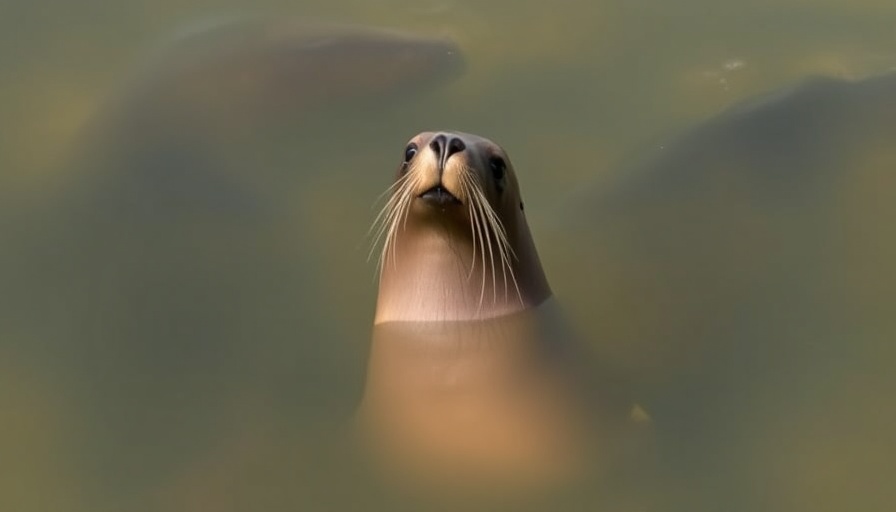
Crisis on the Coast: Understanding Domoic Acid's Impact on California's Sea Lions
As California faces an alarming rise in sea lion morbidity due to toxic algae blooms, understanding the root causes of this crisis is crucial for both environmentalists and animal lovers alike. Domoic acid, a neurotoxin from harmful algal blooms, disrupts the food chain, contaminating small fish that are then consumed by larger marine mammals, notably sea lions. In 2025, the situation has reached unprecedented levels—SeaWorld alone has encountered a staggering 47 sea lions affected by this toxic threat compared to just 11 last year.
Behind the Scenes: The Real-Life Rescue Operations
The dedicated rescue teams, like those at SeaWorld, operate much like emergency service responders. Jeni Smith, the head of the rescue unit, describes their work as operating in a constant state of triage. With calls flooding in, each rescued sea lion becomes part of a complex web of urgency where survival rates hinge on rapid intervention. This year, the survival rate for treated sea lions stands at merely 50-50—starkly highlighting the imperative need for increased awareness and action against these toxic blooms.
Implications for Marine Life and Local Communities
The rise in sea lion poisoning not only threatens marine ecosystems but also resonates deeply with coastal communities. Residents often find themselves in a dilemma: how to protect marine life while balancing their daily lives along the coast. The effects ripple out, impacting local industries reliant on healthy oceanic environments, including tourism and fishing.
Taking Action: How Can You Help?
Concerned citizens can play a pivotal role in combating this crisis. Reporting sightings of sick or stranded sea lions can significantly aid rescue efforts. On a broader scale, advocating for sustainable practices and supporting local conservation groups can stretch beyond immediate returns and foster long-term ecological health. As communities band together in such initiatives, the marine environment and its inhabitants can begin to find reprieve from this toxic onslaught.
In light of the ecological challenges we face, taking steps toward sustainable living and being vigilant in our observations can help preserve our marine heritage. Stay informed and involved—our planet needs you now more than ever!
 Add Row
Add Row  Add
Add 





 Add Row
Add Row  Add
Add 








Write A Comment